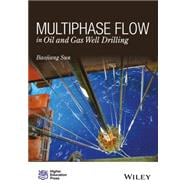A major contribution to the state-of-the-art for those interested in multiphase flow in well-bore, drilling cutting, hydrate and/or acid gas involvements
- The author is a leading researcher on the topics presented, and his development of gas-liquid flow pattern transition mechanism and multiphase flow models are major contributions to the multi-phase flow in wellbore
- Focuses on acid gas and hydrate involvements, offering the latest results from drilling engineering computation research
- Presents an emerging hot spot in petroleum engineering, with more multi-phase flow methodologies developed and adopted to improve the engineering process for gas & oil drilling and production








